Blazers have become a favorite staple for creating casual yet stylish looks all year long. Women’s blazers have always been more than just wardrobe staples. In 2025, they continue to define power, elegance, and versatility in women’s fashion. Whether it’s for boardroom meetings, street style, or evening wear, the women’s blazer has evolved into a piece that speaks of confidence and adaptability. As a professional women’s blazer supplier, we’ve been closely monitoring the fashion landscape and global buyer demand. This article explores the latest styles, market data, and buyer insights for the year ahead.
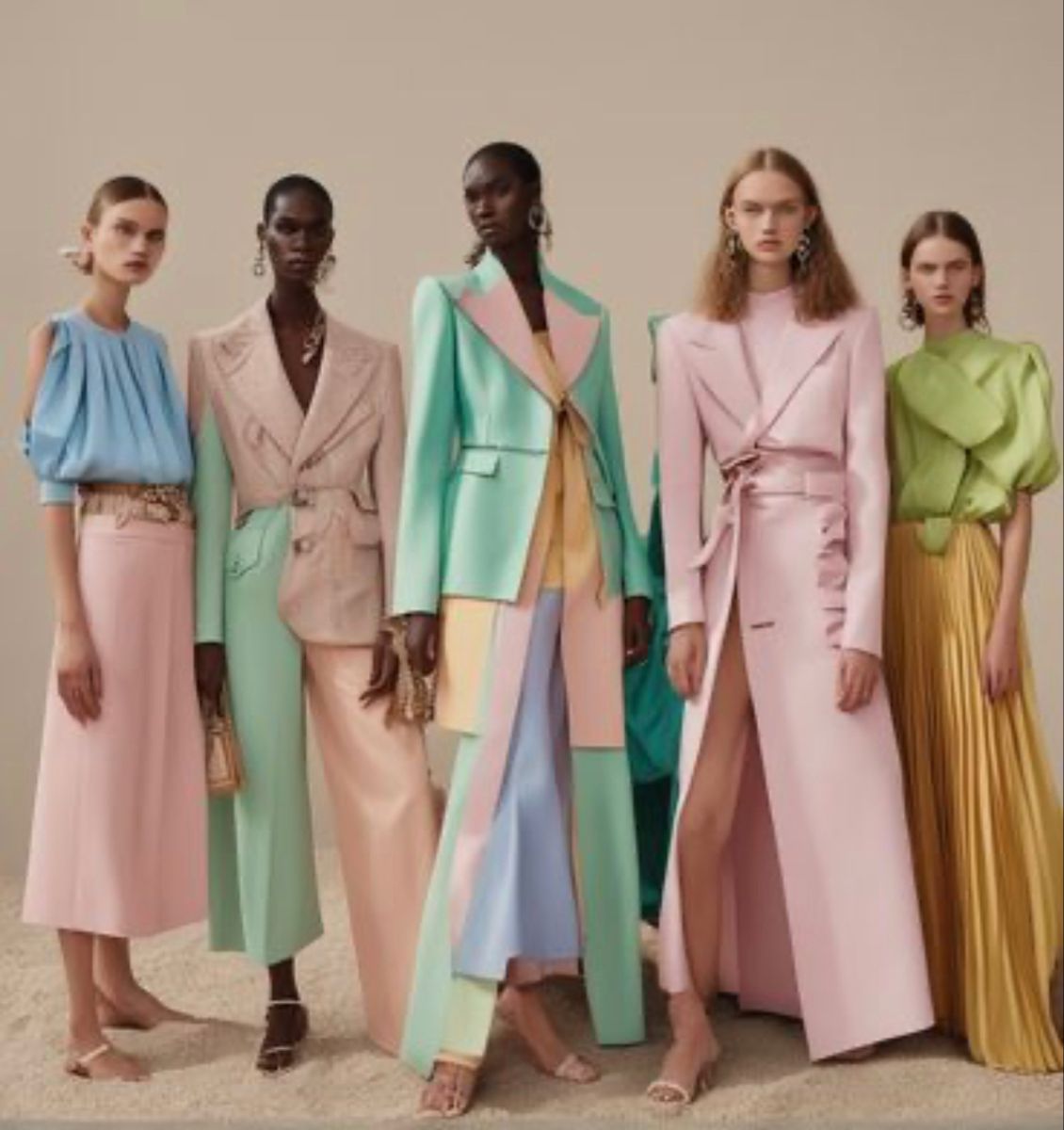
1 The 2025 Women’s Blazer Trend Overview + Tips On How To Wear Them
Belted blazers will be the chicest trend of the year
Belted blazers will be the favorite trend in 2025. They’re flattering, sophisticated, and perfect for casual and formal occasions.
You can wear them with wide-leg jeans and kitten heels for a casual-not-casual look or suit pants and slingback heels for a polished and sophisticated outfit.
Herringbone blazers are always trendy
Herringbone blazers will always be trendy, especially in the fall. They create a timeless and elegant look.
This year, during fall and spring, we will most likely see plenty of gray, cream, and brown herringbone blazers, mostly styled with black suit pants and boots and dark wash jeans and dressy flats.
Cropped Blazers for Youthful Energy
For Gen Z and younger millennial shoppers, cropped blazers are the highlight of 2025. These pieces pair effortlessly with high-waisted trousers and skirts, bringing youthful energy to office and casual wear. Retailers targeting younger consumers are requesting more cropped styles in vibrant colors and modern cuts.
Oversized Blazers for Modern Casual Style
Oversized fits are dominating streetwear-inspired collections. Relaxed shoulders, longer lengths, and loose cuts make these blazers ideal for layering. Buyers in the U.K., Germany, and the U.S. market have shown consistent demand for oversized blazers that can be worn with jeans, skirts, or even athleisure looks.
Hourglass Blazers Are About to Be Everywhere
The latest trend in fall fashion represents a move away from oversized silhouettes towards more tailored looks. For a chic autumn choice, the hourglass shape offers flattering waist-definition that complements various body shapes, from straight to pear-shaped. This design not only adds a polished touch to any outfit but also elevates your look, whether you’re heading to a board meeting or enjoying a casual Sunday morning.
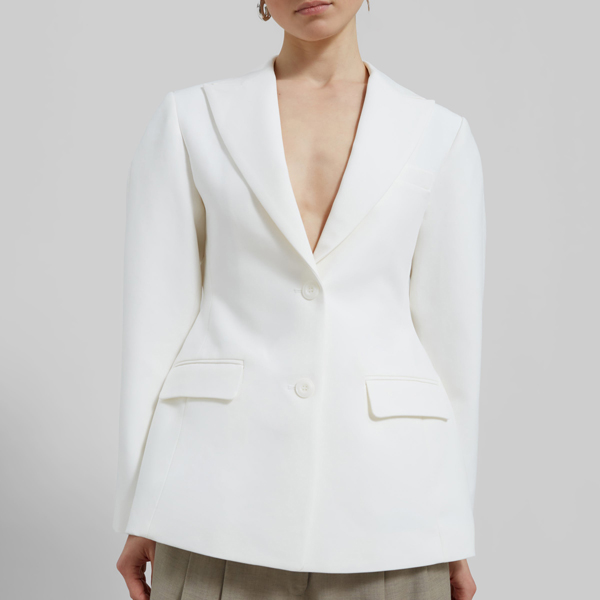
Sustainable & Eco-Friendly Fabrics
Fashion sustainability is no longer optional. Women’s blazers in 2025 feature organic cotton blends, recycled polyester, and eco-friendly viscose. Buyers from Scandinavia, France, and Canada increasingly prioritize suppliers who can provide transparent sourcing and eco certifications.
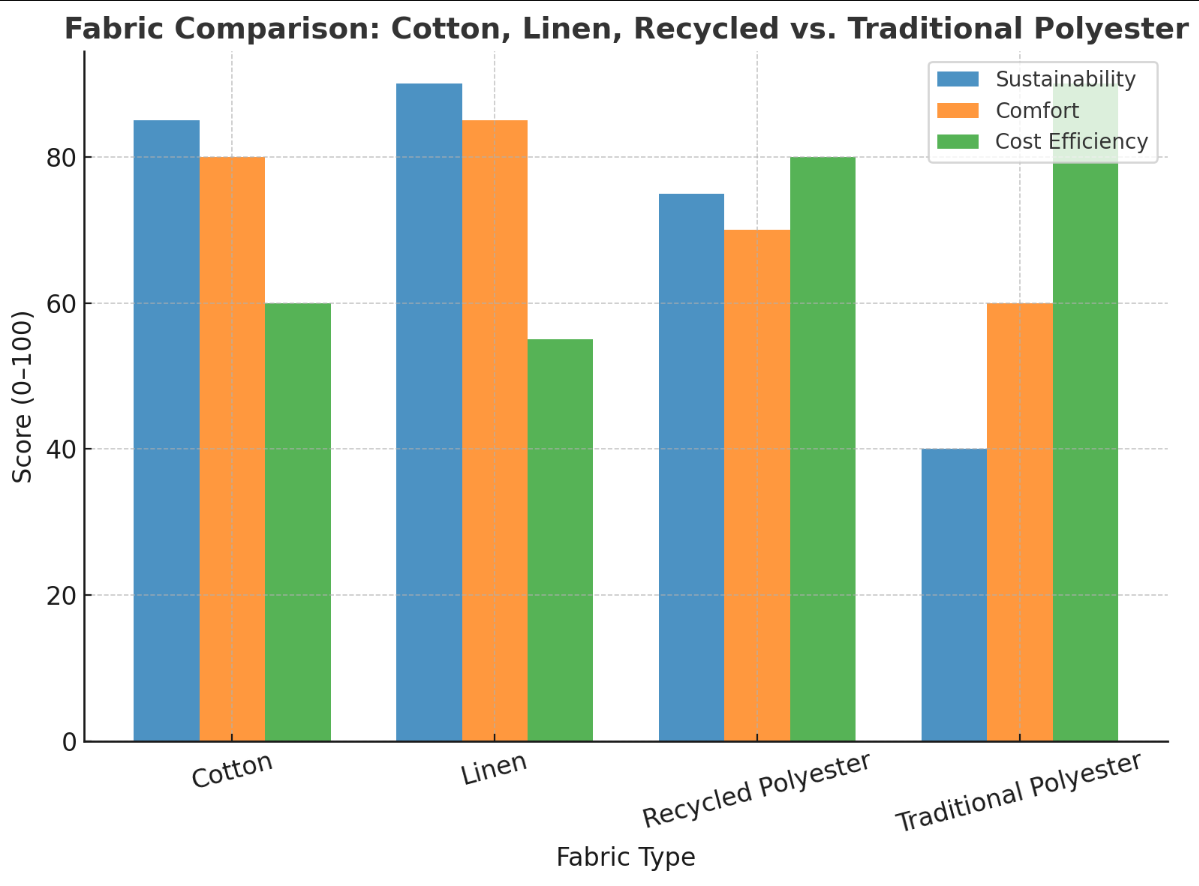
2. Global Blazer Jacket Market Outlook
The global blazer jacket market size was valued at USD 7.5 billion in 2023 and is projected to reach USD 11.8 billion by 2032, growing at a compound annual growth rate (CAGR) of 5.1% during the forecast period. The market is primarily driven by a surge in fashion consciousness among consumers, alongside the increasing inclination towards semi-formal and smart-casual attire. As workplaces become more flexible and the lines between formal and casual wear blur, blazer jackets have emerged as a versatile clothing item suitable for a range of settings, boosting their demand significantly across various demographics and regions.
Growth in North American & European Markets
According to fashion retail reports, the global women’s blazer market is projected to grow by 8% in 2025, driven mainly by North America and Europe. Corporate professionals are spending more on high-quality blazers as hybrid work environments demand versatile outfits.
(Image Suggestion: Bar chart comparing blazer sales growth in the U.S., U.K., Germany, and France between 2022–2025.)
E-commerce Driving Niche Blazer Categories
E-commerce platforms like Amazon Fashion, Zalando, and independent Shopify stores are shaping blazer demand. Online searches for “women’s oversized blazers” and “cropped blazers” grew by 35% year-over-year in early 2025. Buyers are seeking unique, supplier-backed collections that stand out in competitive digital marketplaces.
Emerging Colors & Patterns in 2025
Neutral tones such as beige, gray, and navy remain strong sellers, but 2025 introduces fresh seasonal hues—powder blue, mustard yellow, and forest green. Meanwhile, pinstripes and subtle checks are making a comeback in tailored designs.
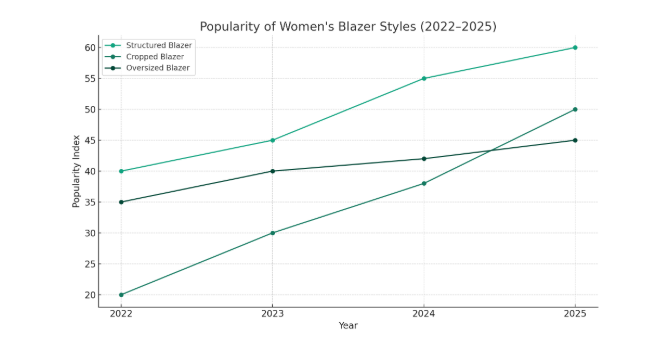
3. Professional Women’s Blazer Supplier’s Process
Design & Sampling
1. The design team develops the initial concept for the women’s suit, which includes fabric selection, pattern-making, and detailing (such as lapels, buttons, and stitching).
2. Once the design is approved, a prototype or sample is created. This sample is crucial for checking the fit, color, fabric, and overall style.
3. The client reviews and approves the sample. Any necessary adjustments are made before moving forward.
Material Sourcing
1. After the sample is approved, the next step is to source the required materials, such as fabrics, linings, threads, and buttons.
2. Suppliers are contacted to ensure the quality and quantity of materials are available and can be delivered on time. Lead times for fabric and accessories should be taken into account to avoid delays.
Production Planning
1. Production timelines are set based on the order quantity and complexity of the design.
2. The production team prepares for large-scale manufacturing, ensuring that all necessary equipment and skilled workers are available.
3. An effective production schedule is developed to coordinate cutting, sewing, and finishing processes.
Pattern Making & Grading
1. The approved sample pattern is used to create graded patterns for various sizes. This ensures the suits can be produced in different sizes according to customer requirements.
2. Special attention is paid to pattern alignment, seam allowances, and fabric utilization to reduce waste.
Cutting & Sewing
1. The fabrics are carefully cut according to the patterns. In bulk production, the cutting process may be automated or done manually, depending on the complexity and volume.
2. Skilled workers assemble the parts, following detailed instructions for stitching, pressing, and finishing.
3. Each suit undergoes strict quality control checks at various stages to ensure high standards are met.
Finishing & Quality Control
1. After sewing, the suits go through finishing processes, including pressing, adding labels, and final trimming.
2. A quality control team inspects each garment for defects, ensuring that the suits meet both design specifications and manufacturing standards.
3. Any discrepancies are corrected before the garments are packed for shipment.
Packing & Delivery
1. Once the garments pass quality checks, they are packed according to the buyer’s requirements (e.g., folding, bagging, tagging).
2. The final step is arranging shipping, ensuring that the suits are delivered to the client’s warehouse or distribution center on time.
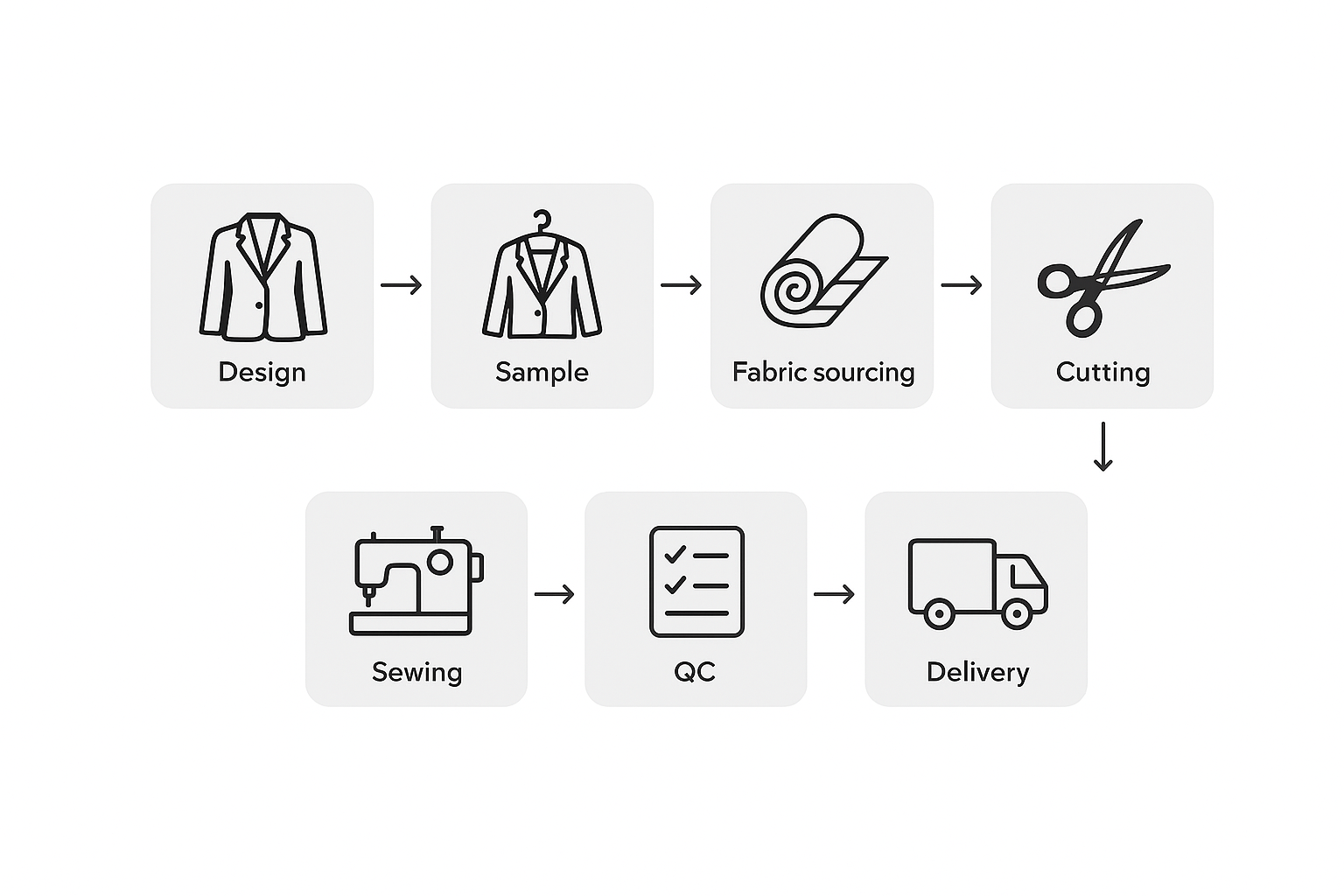
4. Buyer Challenges and Supplier Solutions
High Quality
One of the biggest challenges buyers face is ensuring consistent fit and stitching across bulk orders. As a certified women’s blazer supplier (ISO, BSCI, Sedex), we implement strict quality checks from fabric inspection to final packing.
Meeting Tight Deadlines without Compromising Style
Buyers often need fast turnarounds for fashion drops or seasonal launches. With a monthly production capacity of 30,000+ blazers, we can meet urgent timelines while keeping quality intact.
Customizing Designs for Different Markets
A U.S. buyer may request structured tailoring, while European clients prefer oversized silhouettes. We offer OEM & ODM services, customizing designs, patterns, and color palettes for different regions and consumer groups.
5. How to Choose a Reliable Women’s Blazer Supplier
When you're choosing a women’s blazer supplier, look for partners with strong industry experience and a proven track record. Those with over 10 years in women’s apparel typically have a deeper understanding of fabrics, patterns, and quality processes, making your sourcing journey smoother and more reliable.
Global markets now place a high value on factory compliance. When you're sourcing, be sure to check if your supplier holds certifications like ISO, BSCI, or Sedex—these credentials can make entering European and American markets much easier for your business.
Always verify whether your supplier holds internationally recognized certifications. These guarantee not just product quality, but also ethical production practices.
Evaluating Sample Quality and Fit
Requesting samples is a must. Buyers should review stitching, lining, and shoulder construction carefully to ensure the product matches their brand’s positioning.
Ensuring Transparent Communication
A reliable supplier should provide clear updates during every stage of production. Look for suppliers who offer online order tracking, WhatsApp communication, and detailed production reports.
Focus on Delivery Time and Production Capacity
6. Conclusion: From Trend to Production
In 2025, women’s blazers are more than fashion—they’re symbols of individuality, professionalism, and sustainability. From structured tailoring to oversized comfort, cropped designs, and eco-friendly fabrics, the blazer continues to evolve with market demand.
Choosing the right women’s blazer supplier is key to transforming these trends into successful collections. With strong design teams, flexible production capacity, and transparent sourcing, a supplier can help buyers stay ahead of the fashion curve.
For global retailers, boutiques, and e-commerce brands, the question isn’t just what styles are trending—but who can bring them to life effectively. That’s where a trusted women’s blazer supplier makes all the difference.
Post time: Aug-16-2025






